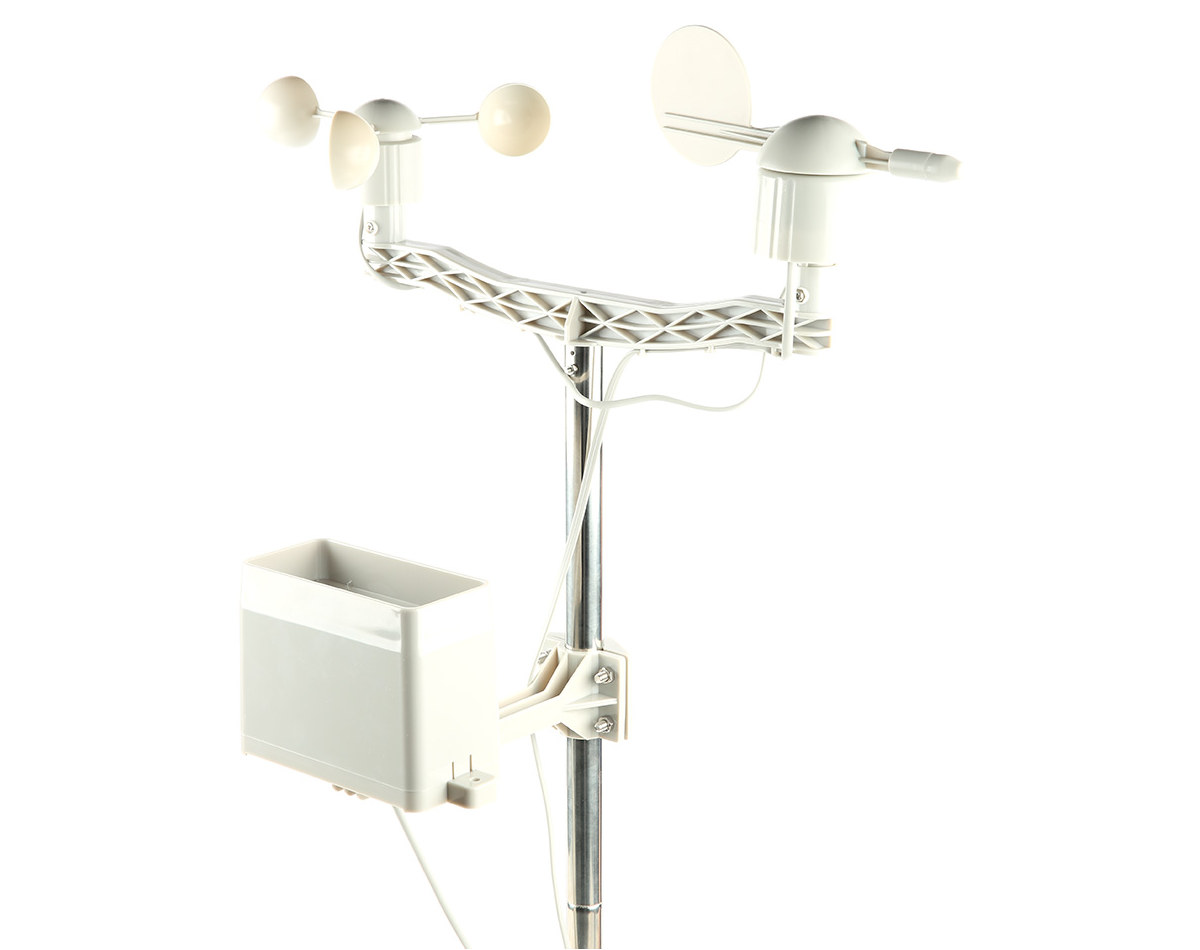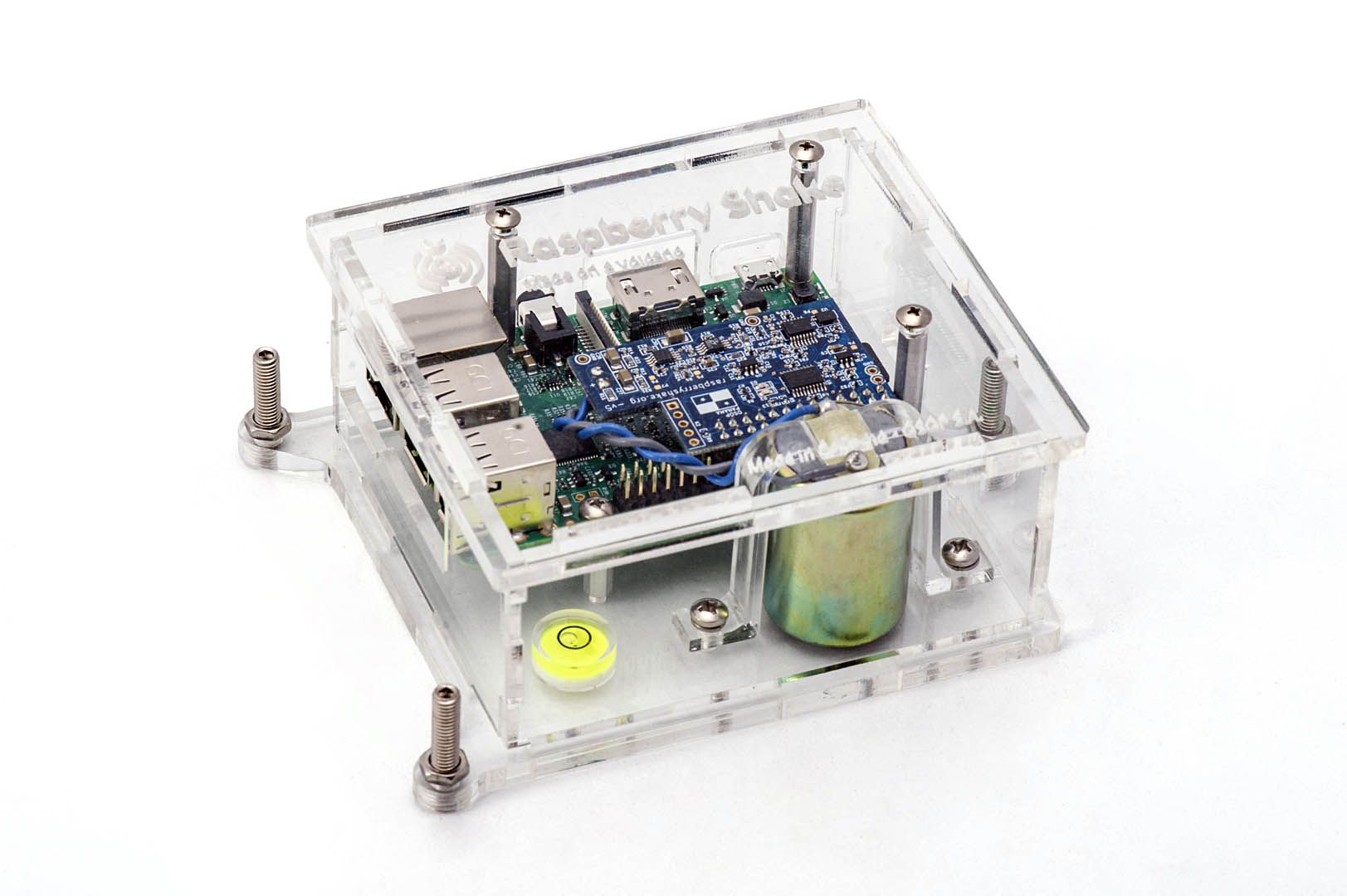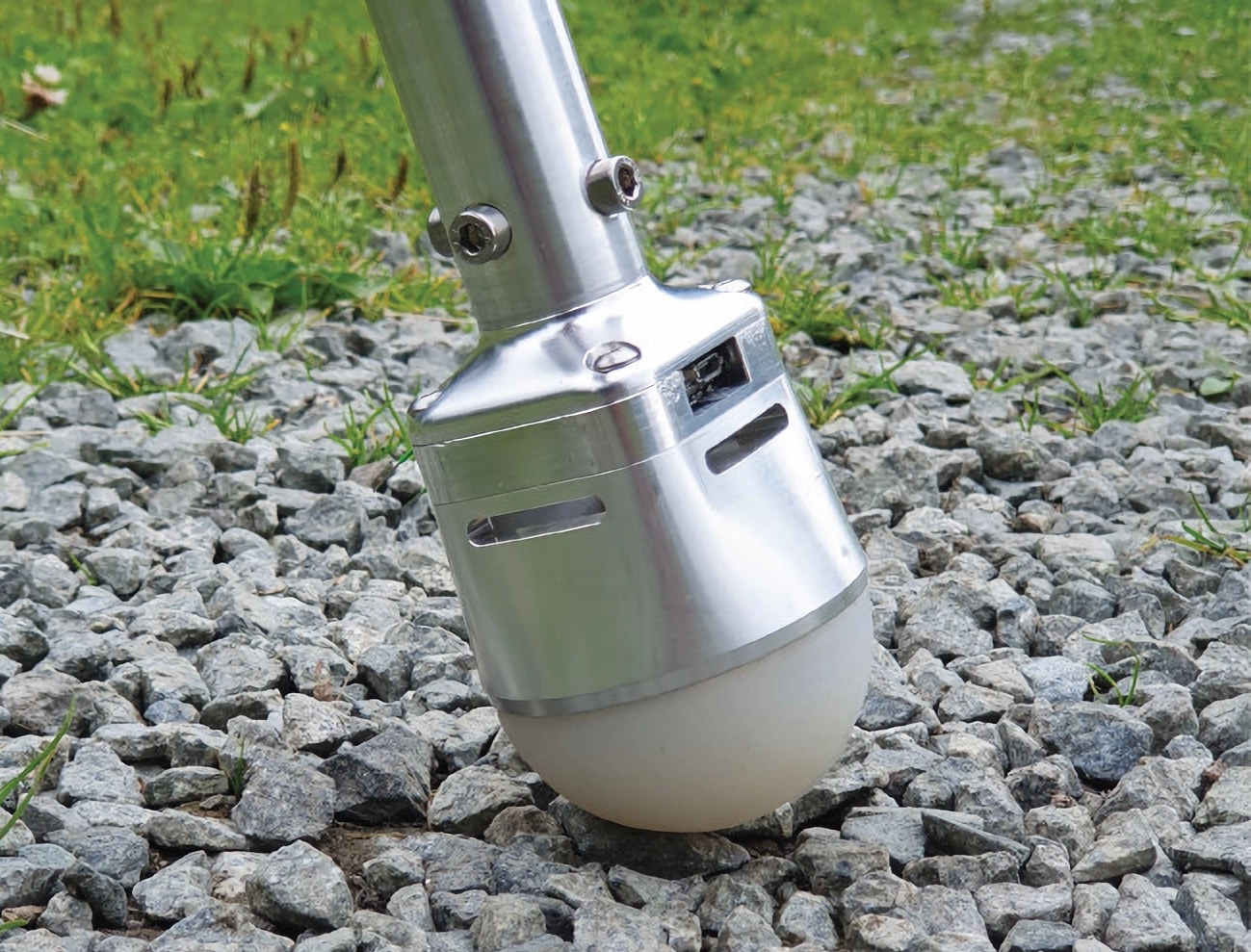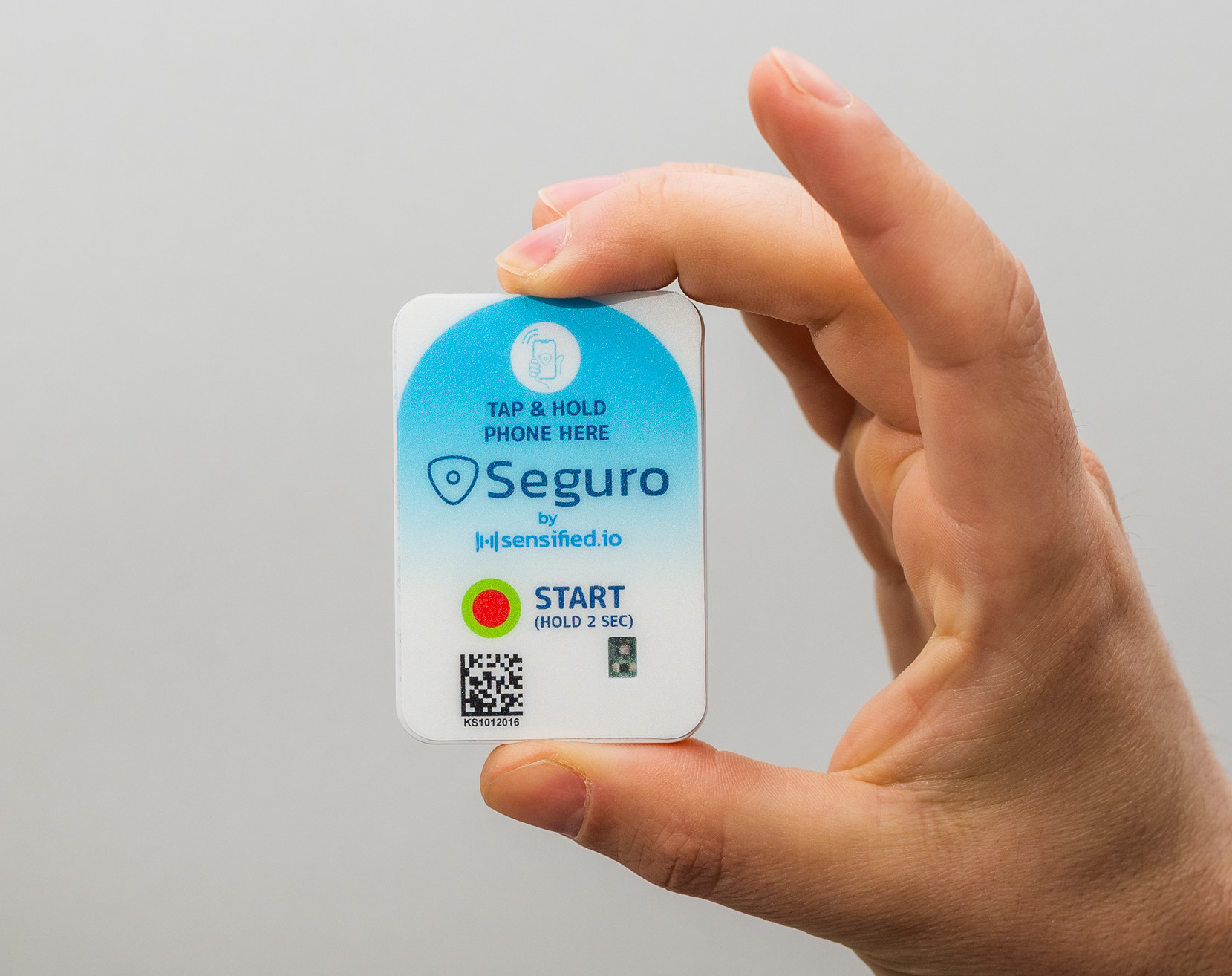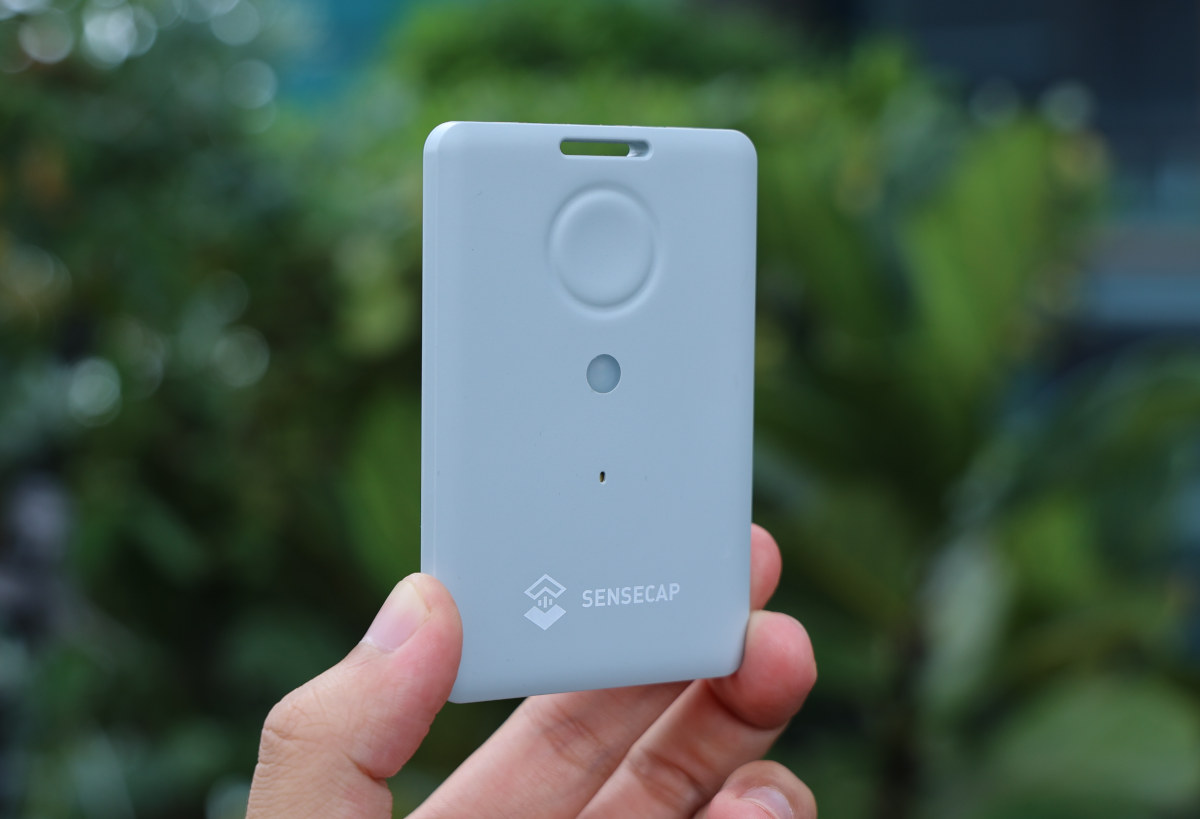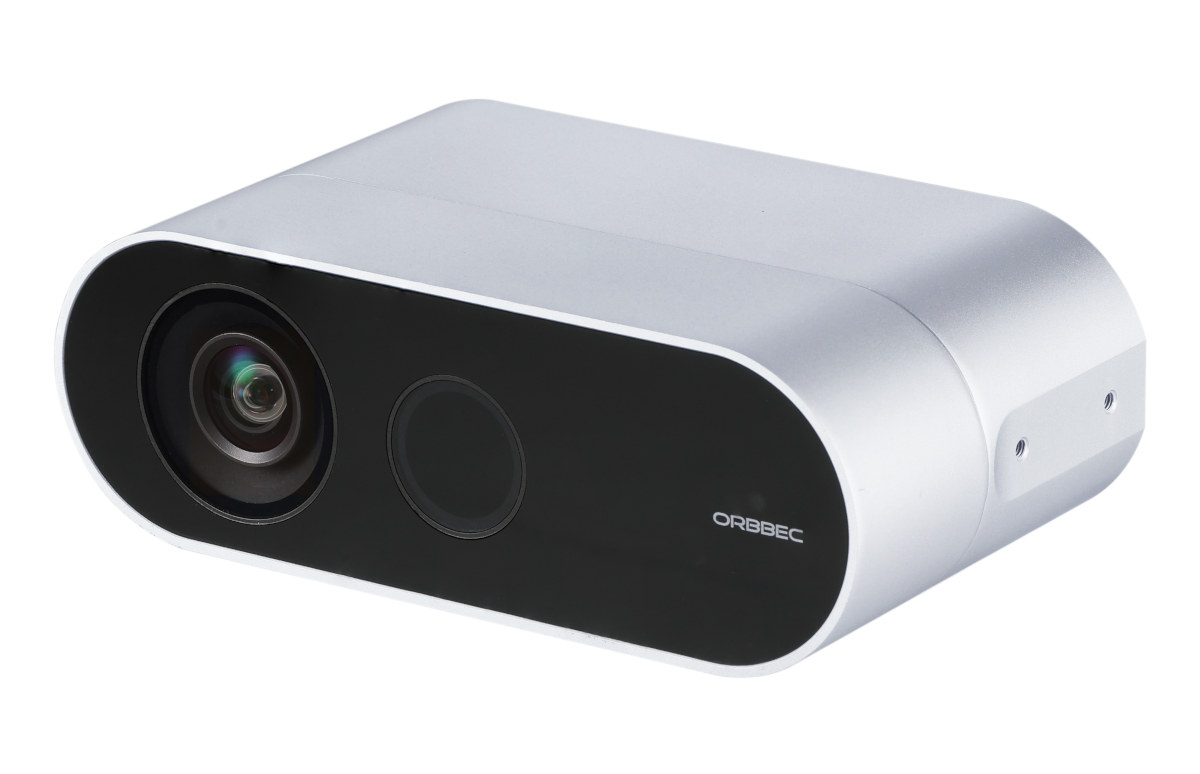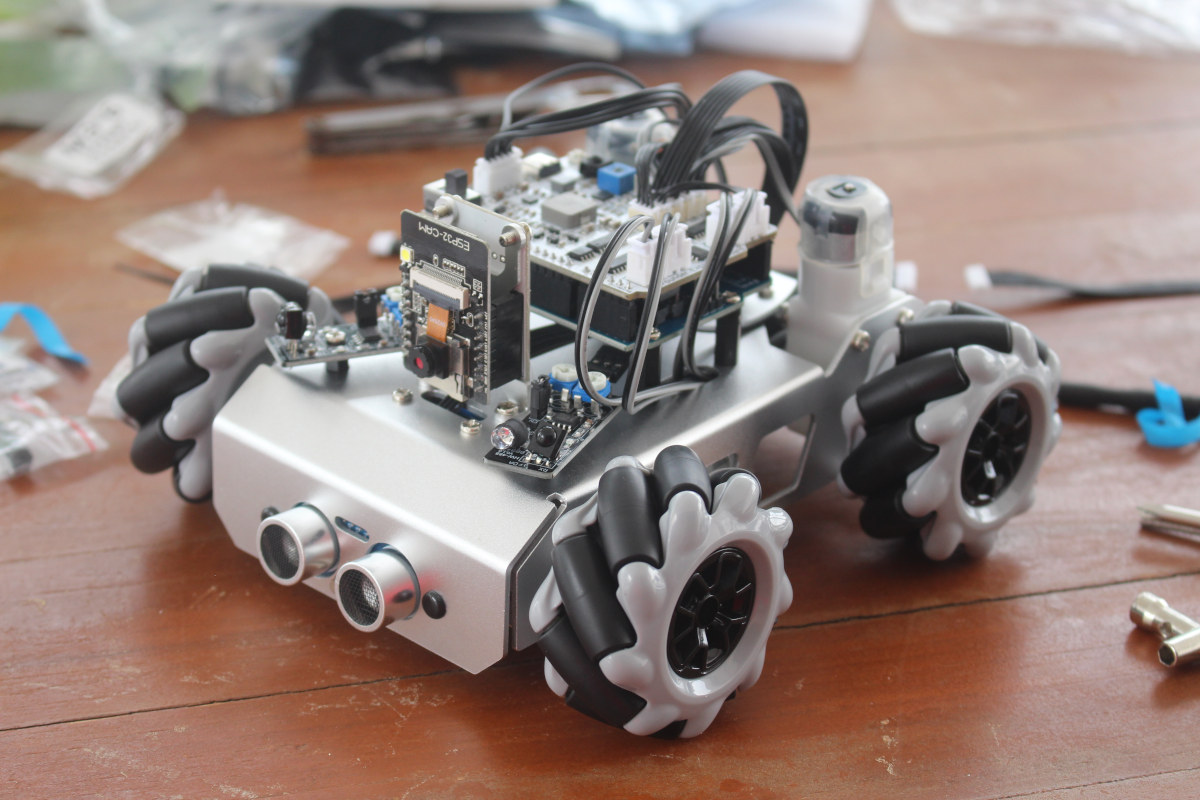SenseCAP T1000 is a credit-size GPS tracker using LoRaWAN low-power long-range connectivity. Smart Agriculture is one specific application that can leverage IoT and LoRaWAN to analyze and manage soil, crops, and water, but also to track the location of livestock. This is an important aspect of farming, and we’ll use the SenseCAP T1000 LoRaWAN GPS tracker to track cattle in this article/review. SenseCAP T1000 unboxing The package contains the SenseCAP T1000 GPS Tracker device, which is about the size of a credit card, and a charging cable. Smart cattle tracking with SenseCAP T1000 LoRaWAN tracker Here are some of the benefits and features of Smart cattle tracking: Identify the location of the swarm in real-time Identify animals easily Increase efficiency and reduce human labor Secure your farm by using the tracker as an anti-theft device Weather change alerts Virtual fence to generate an alert when the animal leaves the designated […]
SparkFun launches ESP32-based “Arduino IoT Weather Station” with Arduino IoT Cloud integration
SparkFun’s Arduino IoT Weather Station is a complete weather station kit leveraging the company’s MicroMod ecosystem with an ESP32 Processor Board and various sensors and developed in collaboration with Arduino for integration into their IoT Cloud service. Most people will check the weather on the Internet or watch the weather forecast on TV, but if you live in a remote area with a micro-climate or just want to have fun building your own weather station, the latest SparkFun kit will allow you to monitor temperature, air and soil humidity, wind speed and direction, lightning, and rainfall data at home and monitor the data from anywhere using a web browser. Arduino IoT Weather Station kit content: MicroMod ESP32 Processor module MicroMod Weather Carrier Board with a BME280 temperature, pressure, and humidity sensor and an AS3935 lightning detector only. The optional VEML6075 UV sensor is NOT included. The Weather Meter Kit with […]
Raspberry Shake HAT brings earthquake monitoring to the Raspberry Pi SBC
Raspberry Shake is a family of Raspberry Pi HATs and full seismograph and infrasound monitors designed to enable earthquake monitoring on the popular single board computer Raspberry Pi Shake and Boom (for acoustic monitoring) HATs have been around for a few years, but I only learned about it now through an article on The MagPi Magazine where Branden Christensen, Business Steward, and Mike Hotchkiss, Marketing Director, were interviewed, so I decided to have a closer look. Four main models of the Raspberry Shake are available: RS1D vertical motion seismograph with a single motion velocity sensor to detect earthquakes RS3D vertical & lateral motion seismograph with one vertical & two lateral motion velocity sensors to measure earthquakes of all magnitudes RS4D “strong motion seismograph with one vertical motion velocity sensor to detect earthquakes, plus one extra vertical and two lateral accelerometer sensors for powerful earthquakes RS&BOOM seismograph & infrasound monitor that […]
TRACEPaw sensorized paw helps legged robots “feel the floor” with Arduino Nicla Vision
Our four-legged friends don’t walk on tarmac the same way as they do on ice or sand as they can see and feel the floor with their eyes and nerve endings and adapt accordingly. The TRACEPaw open-source project, which stands for “Terrain Recognition And Contact force Estimation through Sensorized Legged Robot Paw“, aims to bring the same capabilities to legged robots. Autonomous Robots Lab achieves this through the Arduino Nicla Vision board leveraging its camera and microphone to run machine learning models on the STM32H7 Cortex-M7 microcontroller in order to determine the type of terrain and estimate the force exercized on the leg. But the camera is apparently not used to look at the terrain, but instead, at the deformation of the silicone hemisphere – made of “Dragon Skin” – at the end of the leg to estimate 3D force vectors, while the microphone is used to recognize terrain types […]
Seguro 150 Bluetooth and NFC temperature logger works without mobile app (for the receiver)
Sensified.io Seguro 150 is a 4mm thick waterproof temperature logger designed for cold chain shipping applications in the food and healthcare industries and can also be used in retail settings. Most IoT devices require you to install some type of proprietary app, but the Seguro 150 is said not to require any app for the receiver and the temperature logger instead relies on Bluetooth LE and NFC so he/she can tap his/her phone to access the data and it’s also possible to receive PDF or Excel reports by email. Seguro 150 specifications: Wireless Bluetooth LE 5.0 up to 2Mbps Near-field communications (NFC) up to 10mm range Protocol – Type 4 Tag Emulation Temperature measurement Temperature Range – -30°C to +40°C Thresholds – High, Low Measurement Response – Sampling Interval, Start Delay Buffer – 7 days with 2-minute sampling to 7 months with 60-minute sampling Misc – Multi-color LED Battery – […]
SenseCAP T1000 – A credit card-sized LoRaWAN GPS tracker based on Semtech LR1110 (Crowdfunding)
SenseCAP T1000 is an ultra-thin credit-card-sized GPS tracker with Semtech LR1110 wireless chip with LoRaWAN, WiFi (scanning), and GNSS connectivity, plus two built-in sensors to monitor temperature, light intensity, and motion. We’ve covered several LTE IoT and LoRaWAN GPS trackers in the past and even tested the RAK811 LoRa GPS Tracker board with our own gateway, but the SenseCAP T1000 is particularly attractive due to its slim design. It works both indoors and outdoors with IP65 waterproof protection, looks quite easy to set up with its button and LED, and also integrates an SOS feature that can be triggered with a long press. SenseCAP T1000 specifications: Wireless Semtech LoRa Edge LR1110 Asset Management Platform LoRa/(G)FSK Half-Duplex RF transceiver working in the 150 – 960MHz; compatible with LoRaWAN 1.0.4 standard GNSS (GPS/ BeiDou) low-power scanning 802.11b/g/n Wi-Fi ultra-low-power passive scanning Unnamed Bluetooth 5.1 LE chip for initial configuration and indoor positioning […]
Orbbec Femto Bolt 3D depth and RGB USB-C camera supports Microsoft ToF technology
Orbbec Femto Bolt is a 3D depth and RGB USB-C camera developed in collaboration with Microsoft and integrating the same ToF (Time-of-Flight) technology as found in the Microsoft Azure Kinect camera module and HoloLens 2 mixed reality head-mounted display. The new model follows the launch of the fully integrated Femto Mega featuring an NVIDIA Jetson Nano module introduced in January with the same ToF technology, so the new USB-C camera simply allows a wider selection of hosts. Orbbec has also launched the Femto Mega I variant with an IP65 metal enclosure. Orbbec Femto Bolt specifications: Cameras Depth camera 1 Mega Pixel ToF sensor 850nm wavelength 0.25 to 5.45m range depending on the depth mode Up to 1024×1024 @ 15 fps (WFoV) or 640×579 @ 30 fps (NFoV) FoV Wide – H: 120°; V: 120° Narrow – H: 75°; V: 65° RGB camera 4K resolution up to 3840×2160 @ 25 fps […]
SunFounder Zeus Car Kit review – A fun toy and Arduino learning tool
SunFounder Zeus Car Kit is an Arduino UNO and ESP32 Cam-based educational kit for children (and adults) that can be used to learn more about electronics, robotics, and programming. It’s a car comprised of four 6cm Mecanum wheels for omnidirectional motion and various sensors that can be controlled with an Android app enabling first-person view (FPV) thanks to the built-in camera. The company sent us a Zeus Car Kit for review and evaluation, and after assembly, we’ll use it in “Play Mode”, or in other words a toy that basically works out of the box, before checking out the “Programing Mode” and related Arduino tutorials to evaluate it’s educational potential. Zeus Car Kit Unboxing The kit comes in a nice retail package which highlights some of the capacities of the kit: FPV, Omnidrive, AI vision, compass, IR control, APP control, and RGB lights. The package itself contains four more boxes […]


